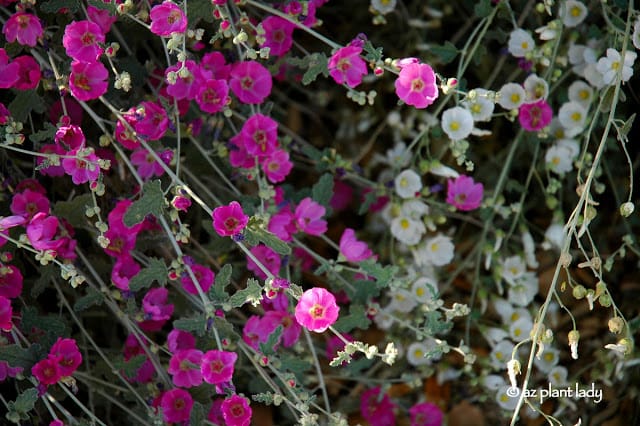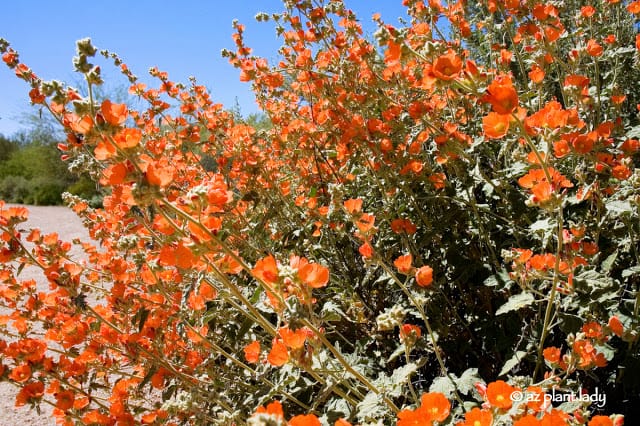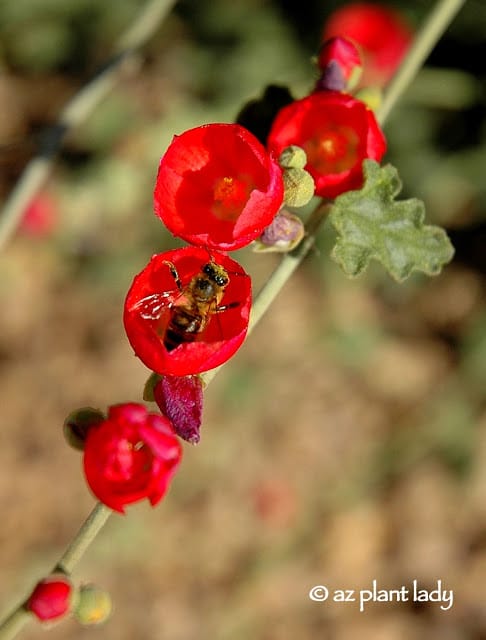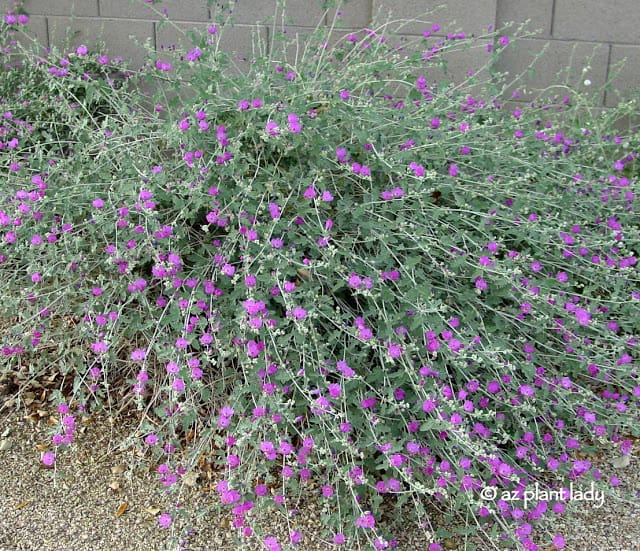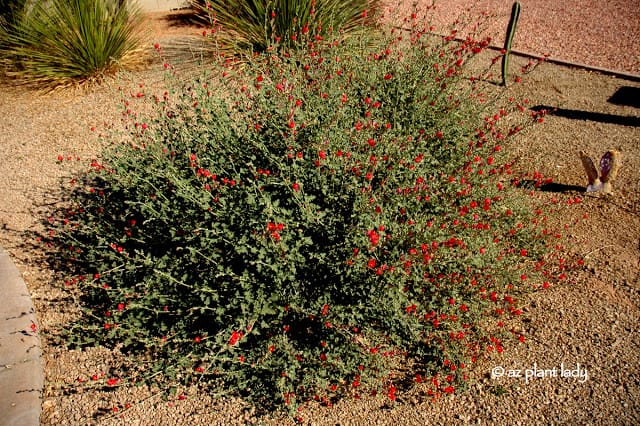I got asked, what my favorite plant is.
Well, asking a horticulturist to tell you what her favorite plant is, is rather like asking a mother to tell you who her favorite child is – it’s impossible.
But when pressed, I breakdown and admit to liking one particular plant slightly more than all the others.
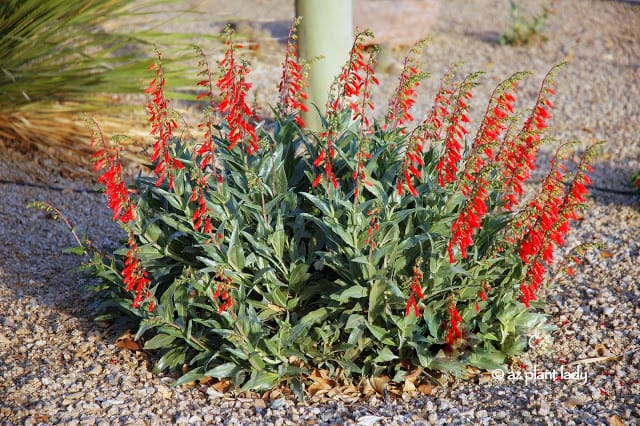
Firecracker Penstemon (Penstemon eatonii) is my favorite plant. There is so much to love about this beautiful perennial; it is hard to know where to start…. reddish-orange flowers, it attracts hummingbirds, blooms winter through spring, is low-maintenance, drought tolerant and native to the desert.
Need I say more? Well then, I will……
This particular penstemon species can be found growing in the Southwestern United States. Heat and cold don’t bother it. It can grow in 100+ temperatures and is hardy to -20 degrees F.
Beautiful orange/red flowers bloom in the winter and spring. Grown easily from seed, Firecracker Penstemon reaches a mature size of approximately 2′ x 2′ when in flower.
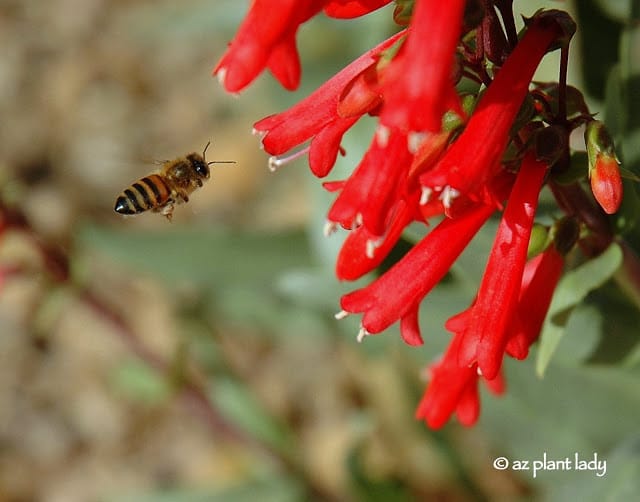
Firecracker penstemon is a welcome asset to the desert flower garden. Plant in full sun and keep away from the shade as they will grow leggy from lack of sunlight. I particularly like the way they look when planted singly next to boulders. They also look spectacular in bloom when planted in groups of three.
Place alongside other plants that are either yellow or white which will contrast nicely with the orange/red color of this Penstemon’s blooms. Recommended companion plants include damianita, blackfoot daisy, prickly pear cactus, brittlebush, agave, angelita daisy, and desert marigold.
For maximum hummingbird viewing, be sure to plant firecracker penstemon where you will be able to see the hummingbirds feeding.
MAINTENANCE: This perennial is low-maintenance. The primary requirement is the removal of spent flower stalks, which will often promote additional flowering. Firecracker penstemon is drought tolerant when established, but will require regular irrigation to look their best. At the minimum, supplemental water will be needed in the summer months. Older plants can be-be cut back to remove old, woody growth. NO fertilizer is required.
Now you know why firecracker penstemon is my favorite plant! I encourage you to try this beautiful plant in your zone 5 – 10 garden. I am sure you will love it as much as I do.


